In the world of Everyday Carry (EDC), few tools are as essential as a good knife. Whether you’re a minimalist looking to keep your kit light, or someone who appreciates the utility of having a blade for various tasks throughout the day, an EDC knife can be an invaluable companion. But with so many options available, how do you choose the best one? This guide will break down the key factors to consider when selecting the perfect EDC knife for your needs.
What Makes a Great EDC Knife?
When it comes to EDC knives, you need a tool that’s compact enough to carry daily, yet strong enough to handle a variety of tasks. A great EDC knife should strike the perfect balance between practicality, ease of use, and reliability.
1. Blade Material: Sharpness Meets Durability
The blade material is the heart of the knife. Common materials include stainless steel, carbon steel, and Damascus steel. Stainless steel is popular for its corrosion resistance, while carbon steel offers excellent edge retention and sharpness. Damascus steel, with its distinctive layered patterns, provides a combination of beauty and toughness. Your choice of blade material will impact the knife’s durability, sharpness retention, and ease of sharpening.
2. Blade Shape: Functionality in Every Cut
Different blade shapes offer different advantages. The most common shapes for EDC knives are drop-point, tanto, and clip-point. Drop-point blades are versatile, offering strength and control for a wide range of tasks, while tanto blades excel at piercing tough materials. Clip-point blades provide excellent precision, making them ideal for tasks that require more finesse. Depending on your daily needs, choosing the right blade shape is crucial for maximizing the knife’s utility.
3. Blade Length: Balancing Size and Utility
Blade length is another important factor to consider. Most EDC knives have blades that range between 2.5 to 3.5 inches. This length is long enough to be functional, yet short enough to remain discreet and legal in many jurisdictions. Shorter blades are often easier to carry and less intimidating, while longer blades offer greater cutting power for tougher tasks.
4. Handle Design and Material: Comfort in the Grip
A knife is only as good as its handle. Look for ergonomic designs that provide a comfortable, secure grip during use. Materials like G10, titanium, and carbon fiber are popular for their durability and light weight. Wooden handles, while slightly heavier, offer a more traditional and aesthetic appeal. An ergonomic handle with texturing or contouring can make a huge difference, especially when using the knife for extended periods.
5. Locking Mechanism: Safety First
The locking mechanism on an EDC knife ensures the blade stays securely in place while in use. Common locking systems include frame locks, liner locks, and lock-back mechanisms. Frame and liner locks are prevalent in folding knives and provide reliable safety while allowing for easy one-handed operation. Lock-back designs are strong and secure but may require two hands to close. Choose a locking system that offers both safety and ease of use.
Top EDC Knife Brands
When it comes to choosing the best EDC knife, it’s essential to trust a brand known for quality and craftsmanship. Some of the most respected names in the industry include Benchmade, Spyderco, Kershaw, and Shokunin USA. Each of these brands offers a range of knives designed to meet the needs of different users, from those looking for a sleek, lightweight tool to those needing something more rugged for outdoor tasks.
Folding vs. Fixed Blade EDC Knives
One of the biggest decisions you’ll make is whether to go with a folding knife or a fixed blade. Folding knives are incredibly popular for EDC due to their portability and ease of carry. They can easily be slipped into a pocket or clipped onto a belt, and the folding mechanism ensures safety when not in use. Fixed blade knives, on the other hand, are stronger and more reliable in heavy-duty situations, but are typically larger and require a sheath for carrying.
For most people, a folding knife will be more practical for everyday use. However, if you need a knife for tasks that require greater strength, such as cutting through thick materials or handling survival situations, a fixed blade might be worth considering.
Everyday Applications of an EDC Knife
The beauty of an EDC knife lies in its versatility. These knives can be used for a wide range of tasks, including:
• Opening packages and letters
• Cutting rope, cords, or zip ties
• Preparing food while on the go
• Personal safety and self-defense
• Small repair tasks
• Camping, hiking, and outdoor activities
By choosing a knife with the right combination of features, you’ll be prepared for whatever the day throws at you.
Legal Considerations
Before selecting an EDC knife, it’s essential to be aware of local laws regarding knife carry. Many regions have restrictions on blade length, locking mechanisms, and how the knife is carried. For instance, some areas may limit blade length to under 3 inches for pocket knives, while others might prohibit certain types of locking systems. Make sure to research the regulations in your area to ensure that your EDC knife is legal to carry.
Conclusion
When choosing the best EDC knife, it’s all about finding the right balance of form and function that fits your lifestyle. From blade material and shape to handle design and locking mechanisms, every aspect of the knife should work together to offer reliability and ease of use. Whether you’re cutting rope, preparing food, or simply enjoying the craftsmanship of a well-made tool, the perfect EDC knife will be your trusted companion day in and day out.
As you consider your options, remember that the best EDC knife is the one that meets your needs while reflecting your personal style. Take the time to find a knife that’s durable, versatile, and, most importantly, something you’ll enjoy carrying every day.
What Makes a Great EDC Knife?
When it comes to EDC knives, you need a tool that’s compact enough to carry daily, yet strong enough to handle a variety of tasks. A great EDC knife should strike the perfect balance between practicality, ease of use, and reliability.
1. Blade Material: Sharpness Meets Durability
The blade material is the heart of the knife. Common materials include stainless steel, carbon steel, and Damascus steel. Stainless steel is popular for its corrosion resistance, while carbon steel offers excellent edge retention and sharpness. Damascus steel, with its distinctive layered patterns, provides a combination of beauty and toughness. Your choice of blade material will impact the knife’s durability, sharpness retention, and ease of sharpening.
2. Blade Shape: Functionality in Every Cut
Different blade shapes offer different advantages. The most common shapes for EDC knives are drop-point, tanto, and clip-point. Drop-point blades are versatile, offering strength and control for a wide range of tasks, while tanto blades excel at piercing tough materials. Clip-point blades provide excellent precision, making them ideal for tasks that require more finesse. Depending on your daily needs, choosing the right blade shape is crucial for maximizing the knife’s utility.
3. Blade Length: Balancing Size and Utility
Blade length is another important factor to consider. Most EDC knives have blades that range between 2.5 to 3.5 inches. This length is long enough to be functional, yet short enough to remain discreet and legal in many jurisdictions. Shorter blades are often easier to carry and less intimidating, while longer blades offer greater cutting power for tougher tasks.
4. Handle Design and Material: Comfort in the Grip
A knife is only as good as its handle. Look for ergonomic designs that provide a comfortable, secure grip during use. Materials like G10, titanium, and carbon fiber are popular for their durability and light weight. Wooden handles, while slightly heavier, offer a more traditional and aesthetic appeal. An ergonomic handle with texturing or contouring can make a huge difference, especially when using the knife for extended periods.
5. Locking Mechanism: Safety First
The locking mechanism on an EDC knife ensures the blade stays securely in place while in use. Common locking systems include frame locks, liner locks, and lock-back mechanisms. Frame and liner locks are prevalent in folding knives and provide reliable safety while allowing for easy one-handed operation. Lock-back designs are strong and secure but may require two hands to close. Choose a locking system that offers both safety and ease of use.
Top EDC Knife Brands
When it comes to choosing the best EDC knife, it’s essential to trust a brand known for quality and craftsmanship. Some of the most respected names in the industry include Benchmade, Spyderco, Kershaw, and Shokunin USA. Each of these brands offers a range of knives designed to meet the needs of different users, from those looking for a sleek, lightweight tool to those needing something more rugged for outdoor tasks.
Folding vs. Fixed Blade EDC Knives
One of the biggest decisions you’ll make is whether to go with a folding knife or a fixed blade. Folding knives are incredibly popular for EDC due to their portability and ease of carry. They can easily be slipped into a pocket or clipped onto a belt, and the folding mechanism ensures safety when not in use. Fixed blade knives, on the other hand, are stronger and more reliable in heavy-duty situations, but are typically larger and require a sheath for carrying.
For most people, a folding knife will be more practical for everyday use. However, if you need a knife for tasks that require greater strength, such as cutting through thick materials or handling survival situations, a fixed blade might be worth considering.
Everyday Applications of an EDC Knife
The beauty of an EDC knife lies in its versatility. These knives can be used for a wide range of tasks, including:
• Opening packages and letters
• Cutting rope, cords, or zip ties
• Preparing food while on the go
• Personal safety and self-defense
• Small repair tasks
• Camping, hiking, and outdoor activities
By choosing a knife with the right combination of features, you’ll be prepared for whatever the day throws at you.
Legal Considerations
Before selecting an EDC knife, it’s essential to be aware of local laws regarding knife carry. Many regions have restrictions on blade length, locking mechanisms, and how the knife is carried. For instance, some areas may limit blade length to under 3 inches for pocket knives, while others might prohibit certain types of locking systems. Make sure to research the regulations in your area to ensure that your EDC knife is legal to carry.
Conclusion
When choosing the best EDC knife, it’s all about finding the right balance of form and function that fits your lifestyle. From blade material and shape to handle design and locking mechanisms, every aspect of the knife should work together to offer reliability and ease of use. Whether you’re cutting rope, preparing food, or simply enjoying the craftsmanship of a well-made tool, the perfect EDC knife will be your trusted companion day in and day out.
As you consider your options, remember that the best EDC knife is the one that meets your needs while reflecting your personal style. Take the time to find a knife that’s durable, versatile, and, most importantly, something you’ll enjoy carrying every day.








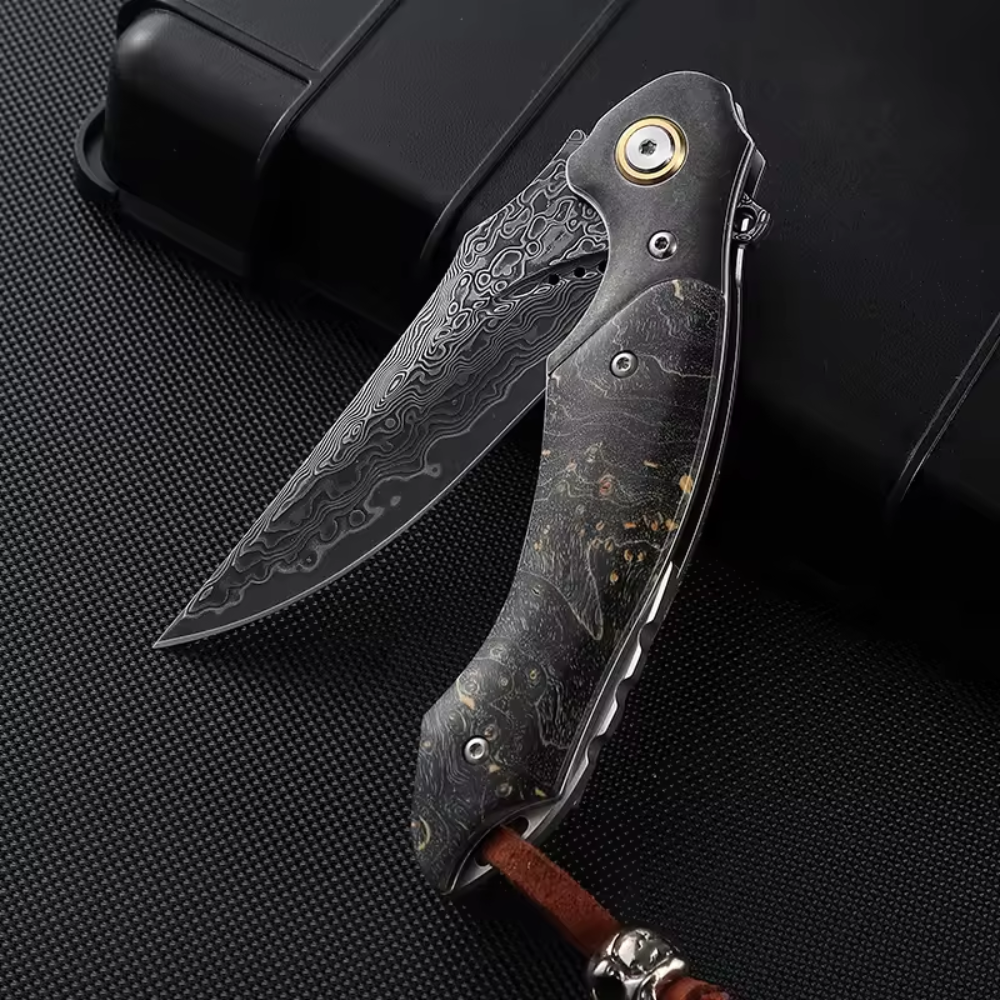
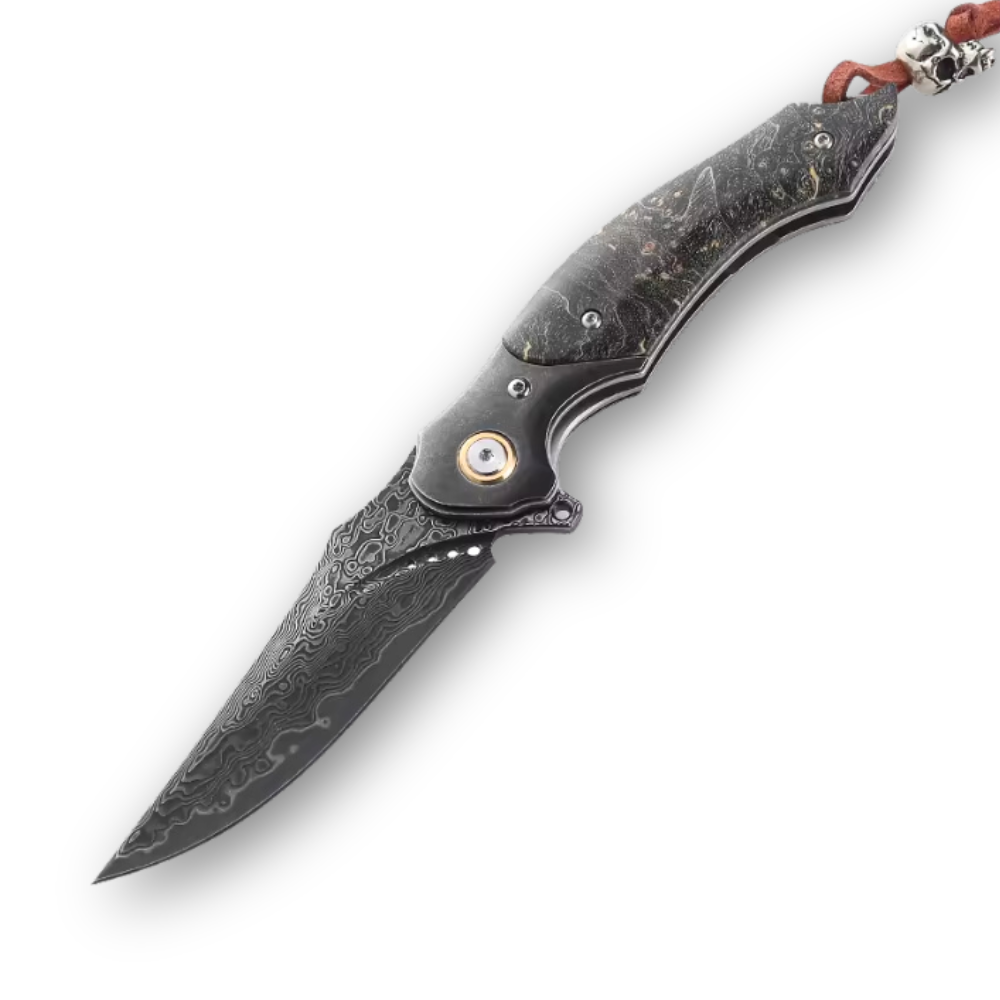
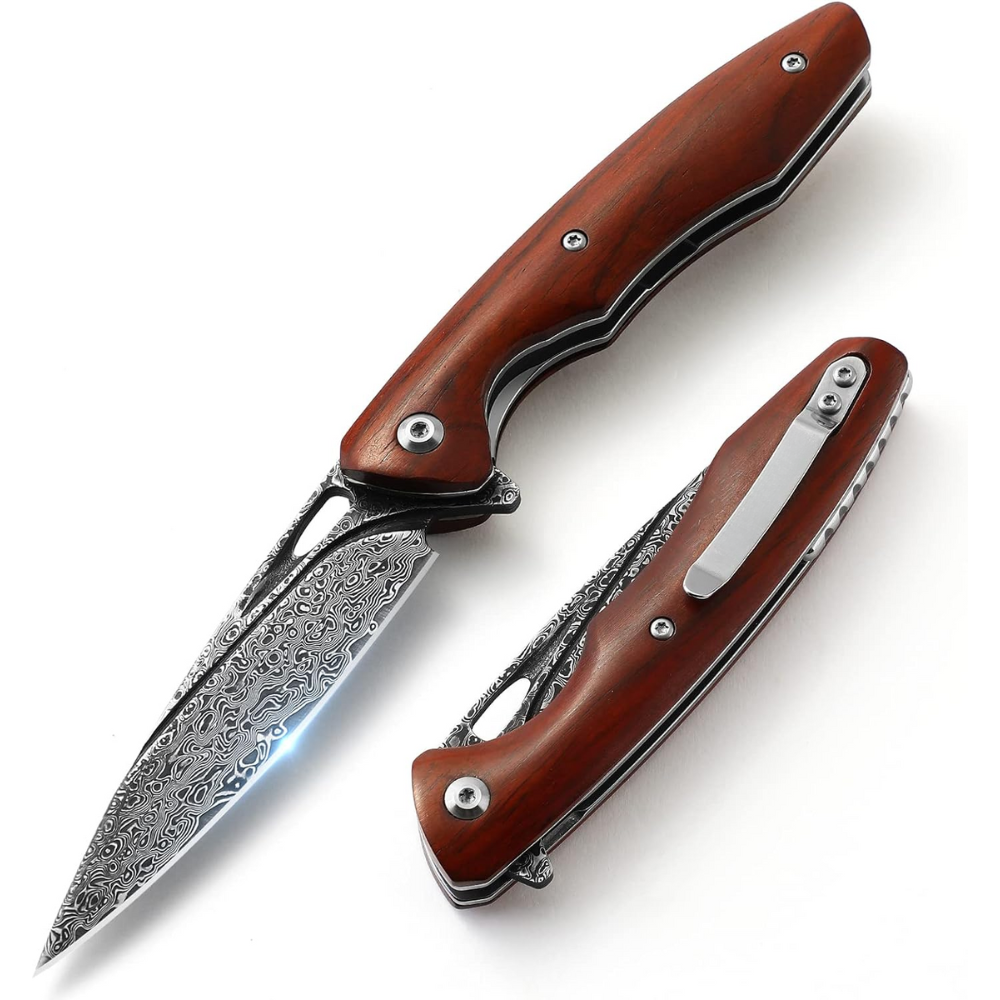
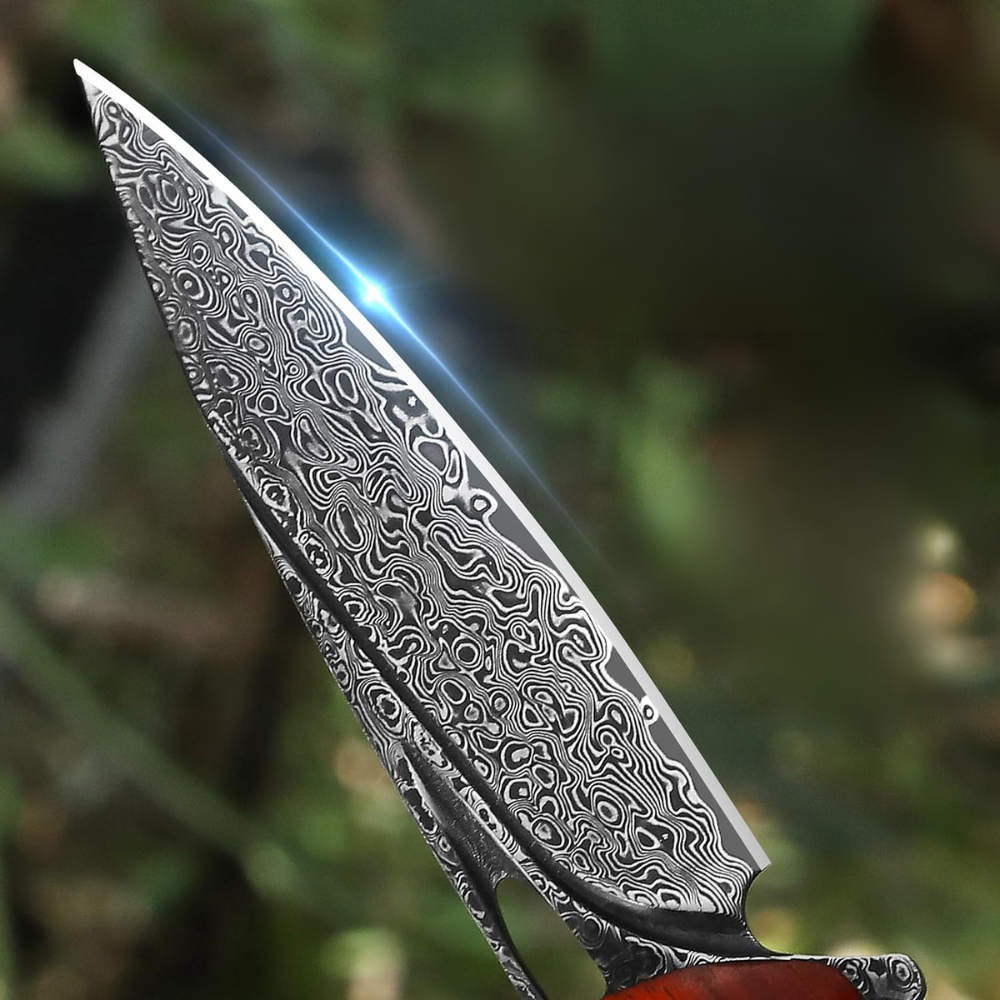








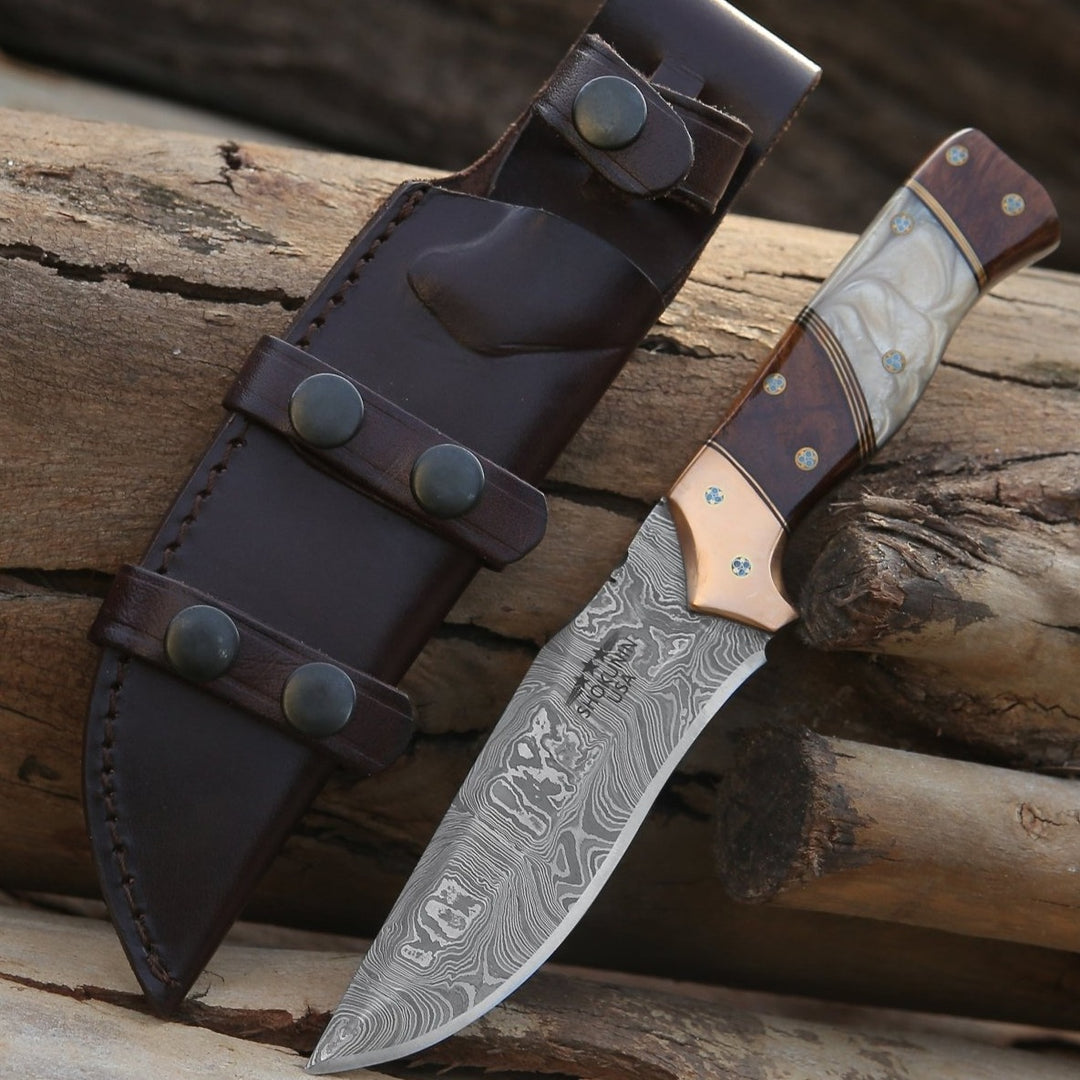
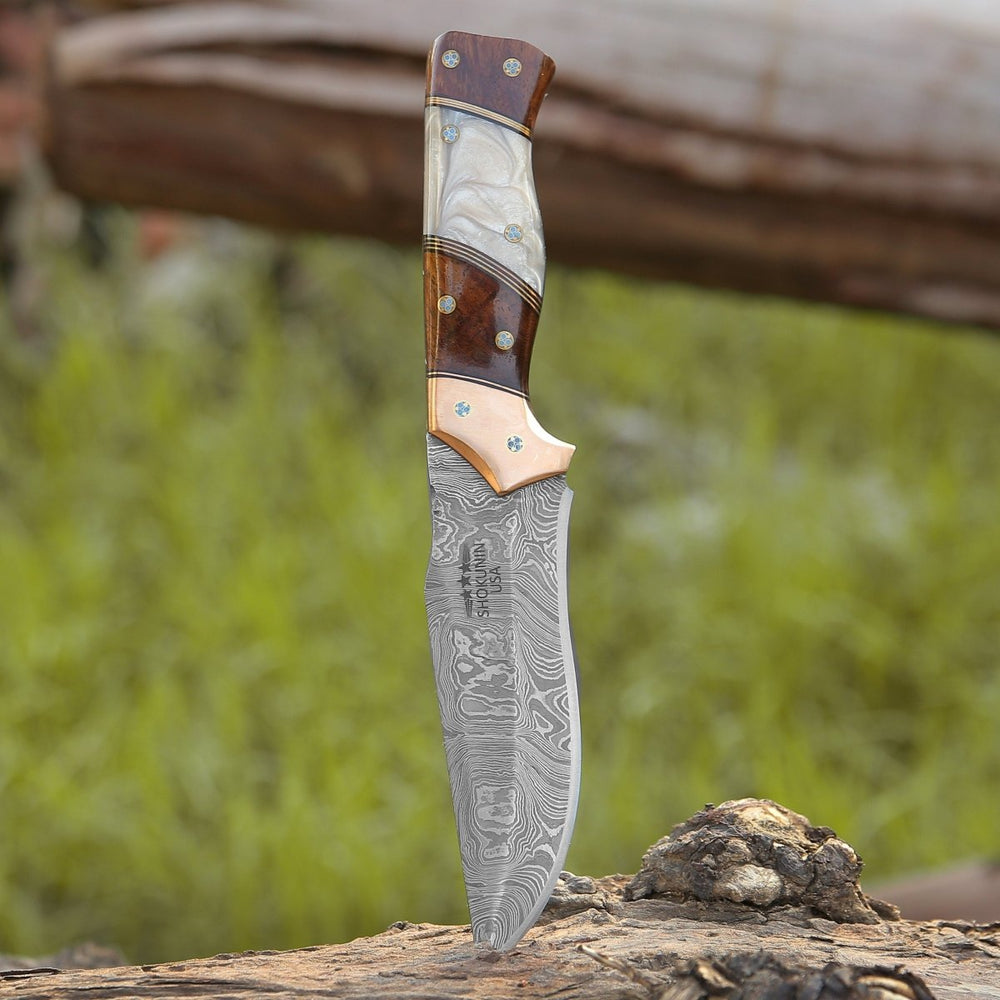


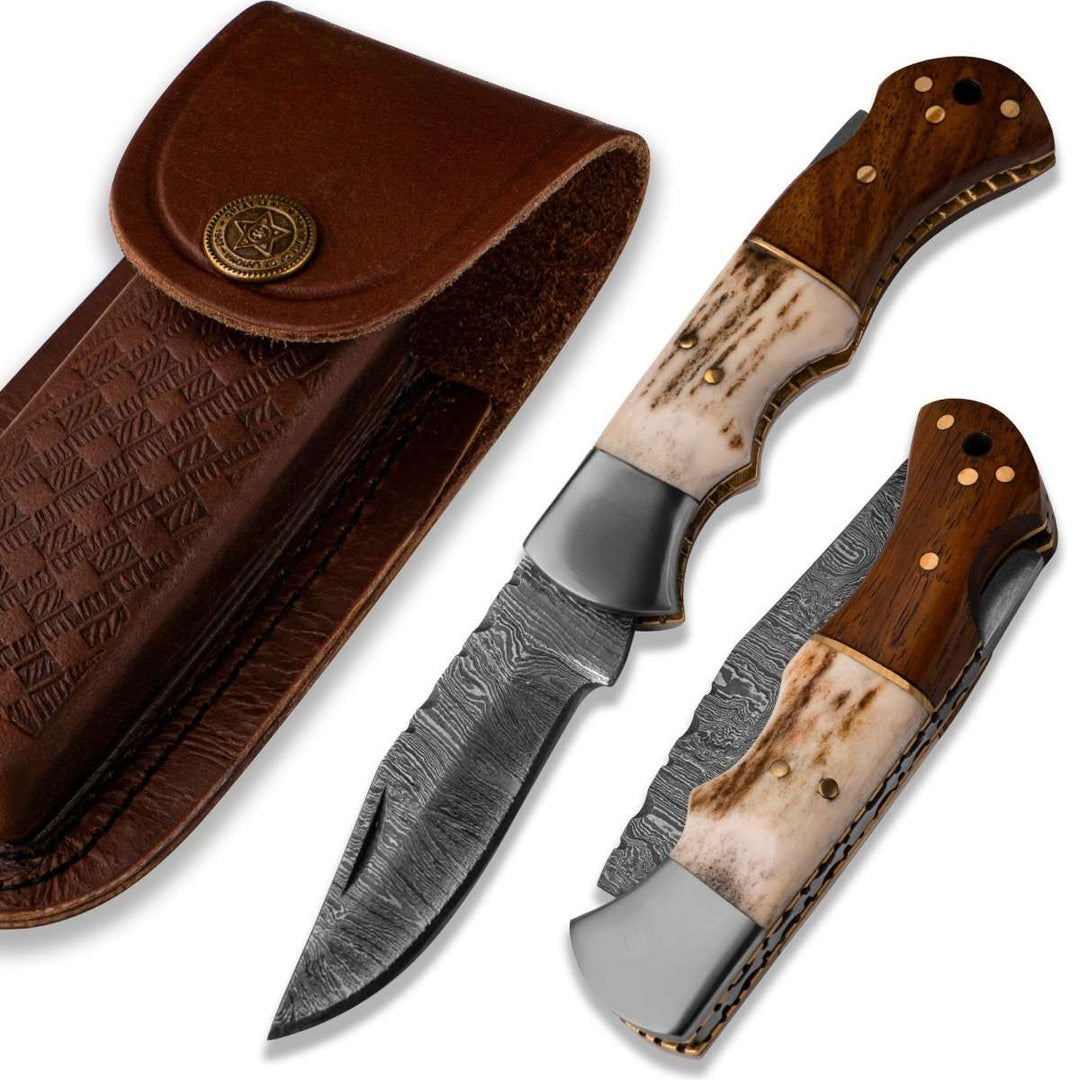
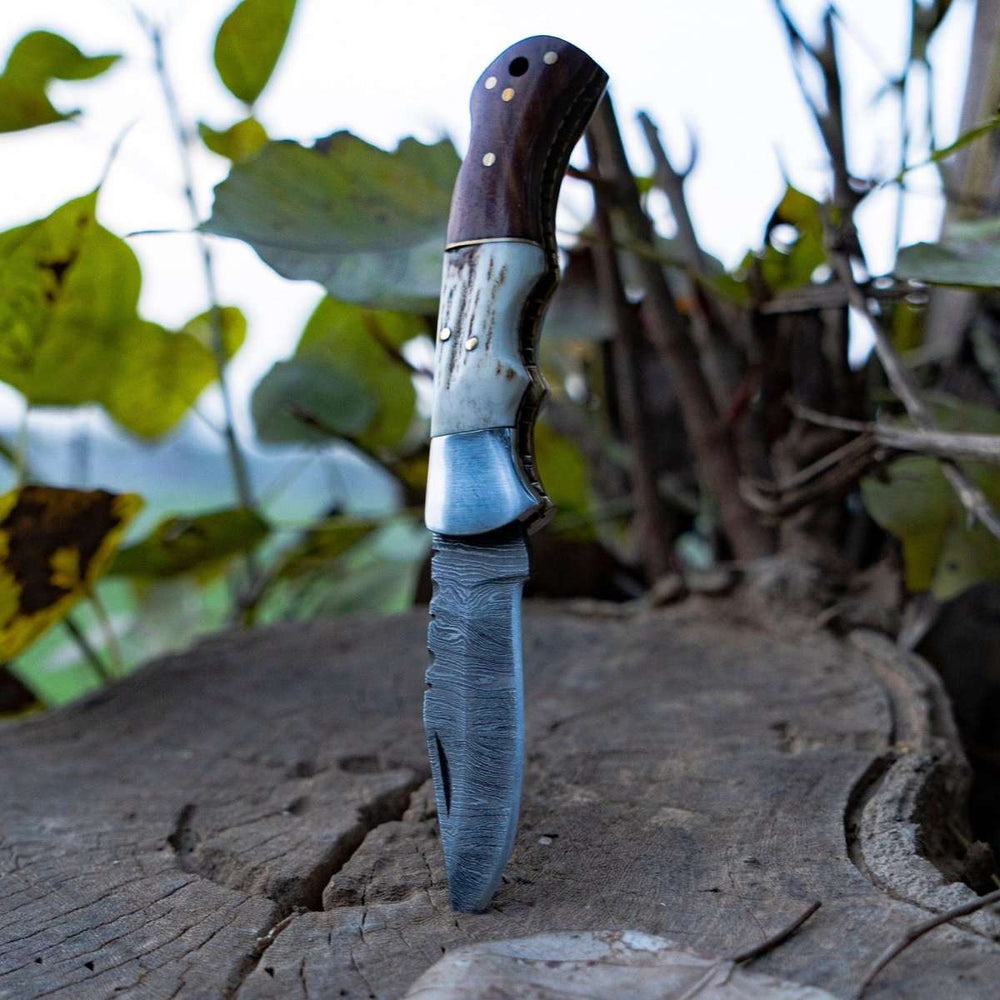




Lascia un commento